Michał Narajewski
Distributional neural networks for electricity price forecasting
Jul 06, 2022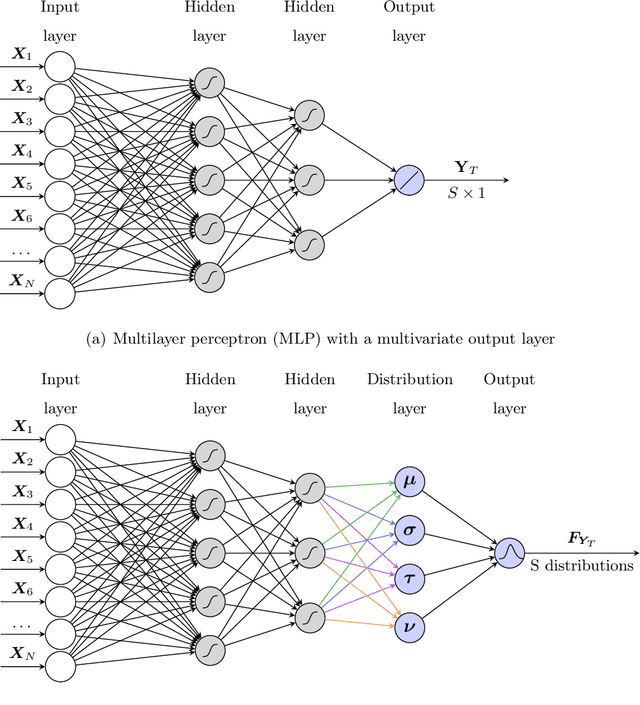
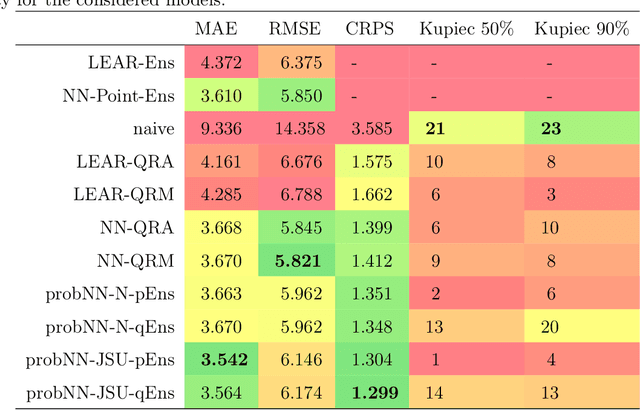
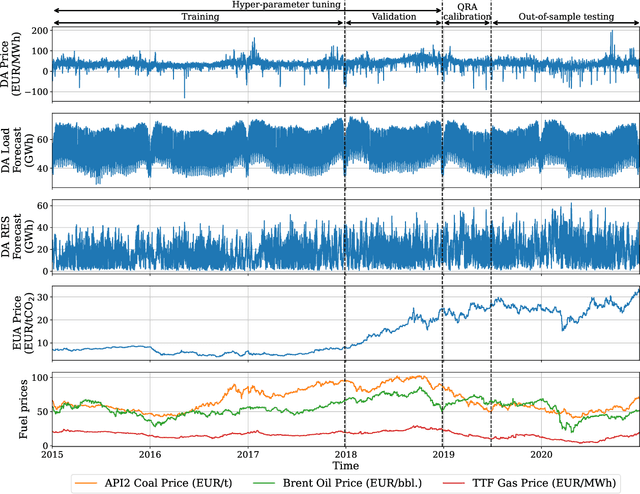

Abstract:We present a novel approach to probabilistic electricity price forecasting (EPF) which utilizes distributional artificial neural networks. The novel network structure for EPF is based on a regularized distributional multilayer perceptron (DMLP) which contains a probability layer. Using the TensorFlow Probability framework, the neural network's output is defined to be a distribution, either normal or potentially skewed and heavy-tailed Johnson's SU (JSU). The method is compared against state-of-the-art benchmarks in a forecasting study. The study comprises forecasting involving day-ahead electricity prices in the German market. The results show evidence of the importance of higher moments when modeling electricity prices.
Probabilistic forecasting of German electricity imbalance prices
May 23, 2022
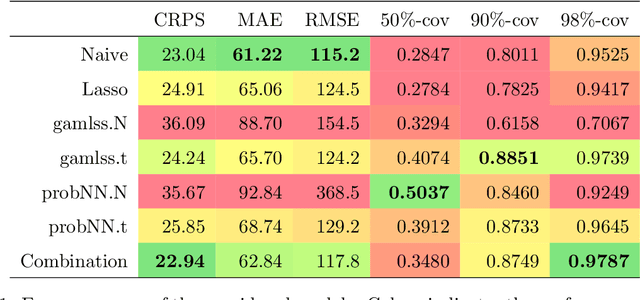
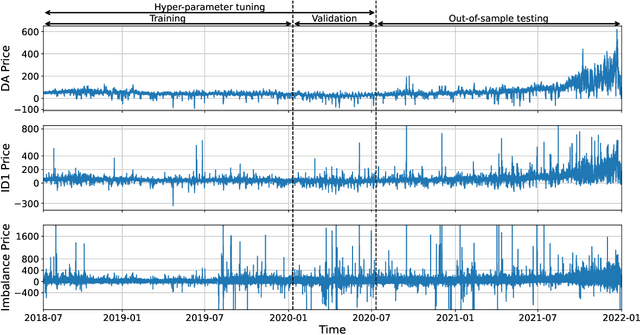
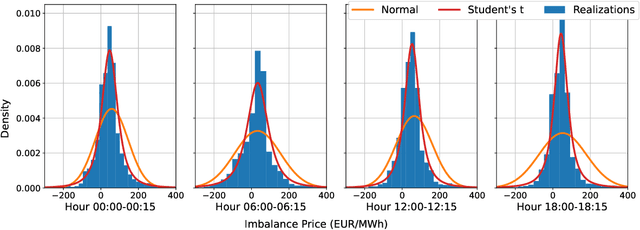
Abstract:The exponential growth of renewable energy capacity has brought much uncertainty to electricity prices and to electricity generation. To address this challenge, the energy exchanges have been developing further trading possibilities, especially the intraday and balancing markets. For an energy trader participating in both markets, the forecasting of imbalance prices is of particular interest. Therefore, in this manuscript we conduct a very short-term probabilistic forecasting of imbalance prices, contributing to the scarce literature in this novel subject. The forecasting is performed 30 minutes before the delivery, so that the trader might still choose the trading place. The distribution of the imbalance prices is modelled and forecasted using methods well-known in the electricity price forecasting literature: lasso with bootstrap, gamlss, and probabilistic neural networks. The methods are compared with a naive benchmark in a meaningful rolling window study. The results provide evidence of the efficiency between the intraday and balancing markets as the sophisticated methods do not substantially overperform the intraday continuous price index. On the other hand, they significantly improve the empirical coverage. The analysis was conducted on the German market, however it could be easily applied to any other market of similar structure.
High-Resolution Peak Demand Estimation Using Generalized Additive Models and Deep Neural Networks
Mar 07, 2022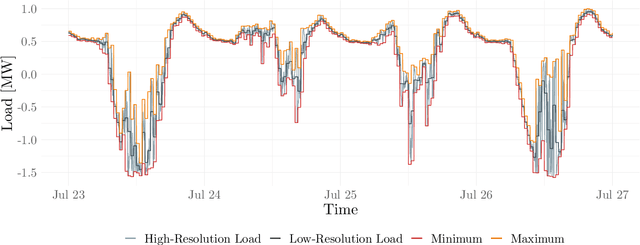
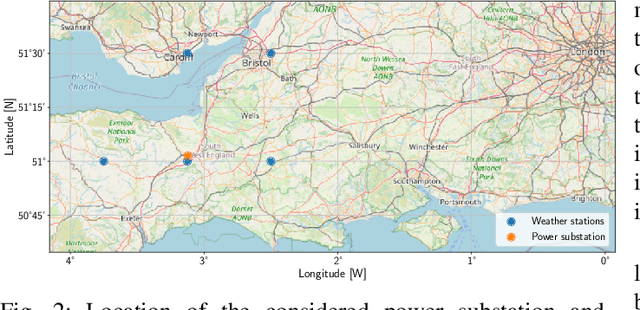
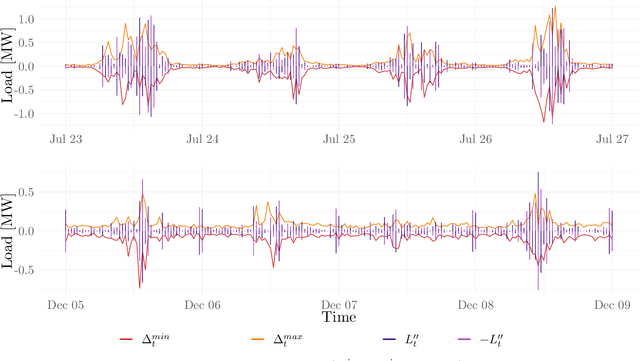
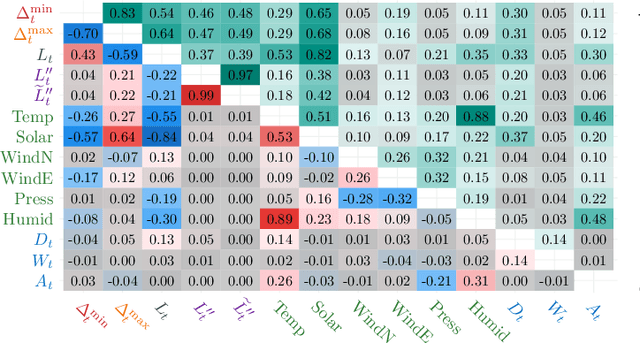
Abstract:This paper presents a method for estimating high-resolution electricity peak demand given lower resolution data. The technique won a data competition organized by the British distribution network operator Western Power Distribution. The exercise was to estimate the minimum and maximum load values in a single substation in a one-minute resolution as precisely as possible. In contrast, the data was given in half-hourly and hourly resolutions. The winning method combines generalized additive models (GAM) and deep artificial neural networks (DNN) which are popular in load forecasting. We provide an extensive analysis of the prediction models, including the importance of input parameters with a focus on load, weather, and seasonal effects. In addition, we provide a rigorous evaluation study that goes beyond the competition frame to analyze the robustness. The results show that the proposed methods are superior, not only in the single competition month but also in the meaningful evaluation study.
tsrobprep -- an R package for robust preprocessing of time series data
Apr 26, 2021

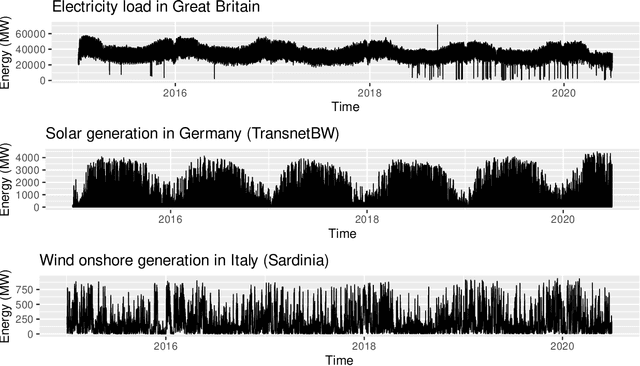
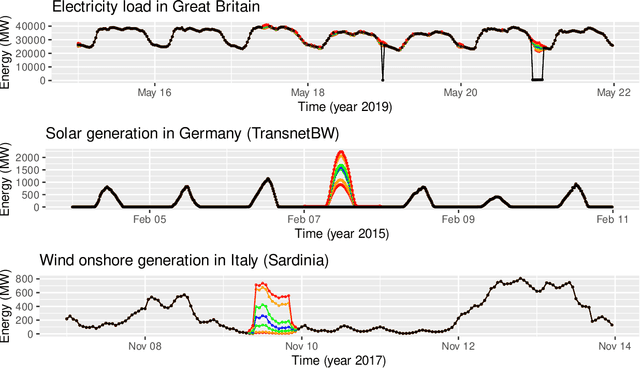
Abstract:Data cleaning is a crucial part of every data analysis exercise. Yet, the currently available R packages do not provide fast and robust methods for cleaning and preparation of time series data. The open source package tsrobprep introduces efficient methods for handling missing values and outliers using model based approaches. For data imputation a probabilistic replacement model is proposed, which may consist of autoregressive components and external inputs. For outlier detection a clustering algorithm based on finite mixture modelling is introduced, which considers typical time series related properties as features. By assigning to each observation a probability of being an outlying data point, the degree of outlyingness can be determined. The methods work robust and are fully tunable. Moreover, by providing the auto_data_cleaning function the data preprocessing can be carried out in one cast, without manual tuning and providing suitable results. The primary motivation of the package is the preprocessing of energy system data, however, the package is also suited for other moderate and large sized time series data set. We present application for electricity load, wind and solar power data.
 Add to Chrome
Add to Chrome Add to Firefox
Add to Firefox Add to Edge
Add to Edge